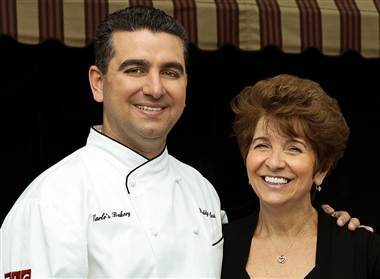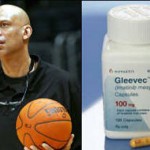American Idol Finalist sings with “Blown Vocal Cord”

As if the American Idol finals needed some additional drama! Sixteen-year-old finalist Lauren Alaina of Rossville, Ga. almost couldn’t sing, and they had second-runner-up Haley Reinhart standing in the wings if Alaina was unable to perform. At the beginning of the live show, Dr. Shawn Nassari came out on stage and reported that Haley:
“During the show was really pushing her voice to get the maximum sound out and in the process blew out one of her vocal cords. Her vocal cords were really rough and sprained, kind of like a runner with a badly sprained ankle. We gave her a lot of medicine. “
Alaina insisted that she would perform:
“I’m here. I’m ready to sing, and I’m fine. Don’t worry about it.”
Alaina sang three songs, Carrie Underwood’s Flat on the Floor, Pam Tillis’ Maybe It was Memphis, and her potential first release, a ballad called Like My Mother Does.
Alaina’s co-finalist, 17-year-old North Carolina country crooner Scotty McCreery, reprised his version of Montgomery Gentry’s Gone, George Strait’s Check Yes or No, which was picked by Strait himself, and his potential single I Love You This Big.
What is a “blown vocal cord”? This is a non-medical term, which I assume means that she had actually strained her vocal cords- a form of vocal abuse or misuse.
Vocal abuse is any behavior or occurrence that strains or injures the vocal folds (or vocal cords). This may include excessive talking, throat clearing, coughing, inhaling irritants, smoking, screaming, or yelling. Vocal misuse is improper voice usage such as speaking too loudly or at an abnormally high or low pitch. Frequent vocal abuse and misuse can damage the vocal folds and cause temporary or permanent changes in vocal function, voice quality, and possible loss of voice.
How is voice produced?
Voice is produced by vibration of the vocal folds. The vocal folds are two bands of smooth muscle tissue that lie opposite each other. They are located in the larynx or voice box. The larynx is positioned between the base of the tongue and the top of the trachea (windpipe), the passageway to the lungs.
When at rest, the vocal folds are open to allow an individual to breathe. To produce voice, the brain precisely coordinates a series of events. First, the folds come together in a firm but relaxed way. Once the folds are closed, air from the lungs passes through them, causing vibration and thus making sound. The sound from this vibration then travels through the throat, nose, and mouth (resonating cavities). The size and shape of these cavities, along with the size and shape of the vocal folds, help to determine voice quality.
Variety within an individual voice is the result of lengthening or shortening, tensing or relaxing the vocal folds. Moving the cartilages, or soft, flexible bone-like tissues to which the folds are attached, makes these adjustments possible. For example, shortening and relaxing the vocal folds makes a deep voice; lengthening and tensing them produces a high-pitched voice.
Who may be at risk for a disorder of vocal abuse or misuse?
Disorders of vocal abuse and misuse are the most prevalent and preventable of the types of voice disorders. Anyone, from infants to the elderly, who uses his or her voice excessively may develop a disorder related to vocal abuse. Lawyers, teachers, clergy, cheerleaders, and professional voice users such as singers and actors often develop these types of voice disorders. Much of the chronic hoarseness experienced by children is caused by vocal abuse or misuse.
What are some of the disorders of vocal abuse and misuse?
The most common disorders resulting from vocal abuse and misuse are laryngitis, vocal nodules, vocal polyps, and contact ulcers. Health professionals who have training in voice and voice disorders often refer to these conditions as “hyperfunctional voice disorders.”
How are disorders of vocal abuse and misuse treated?
Most disorders of vocal abuse and misuse are reversible. The best treatment is to identify and eliminate the vocal behavior that created the voice disorder. In many cases, a brief period of voice therapy is helpful so that the individual can learn good vocal techniques such as proper breath support for speech or eliminating forceful voicing.
At the end of the show, the judges gave a slight advantage to Lauren. What do you think? Do you think her injury helped or hurt her? We’ll find out what America thought tonight when the winner is revealed.



























0 comments